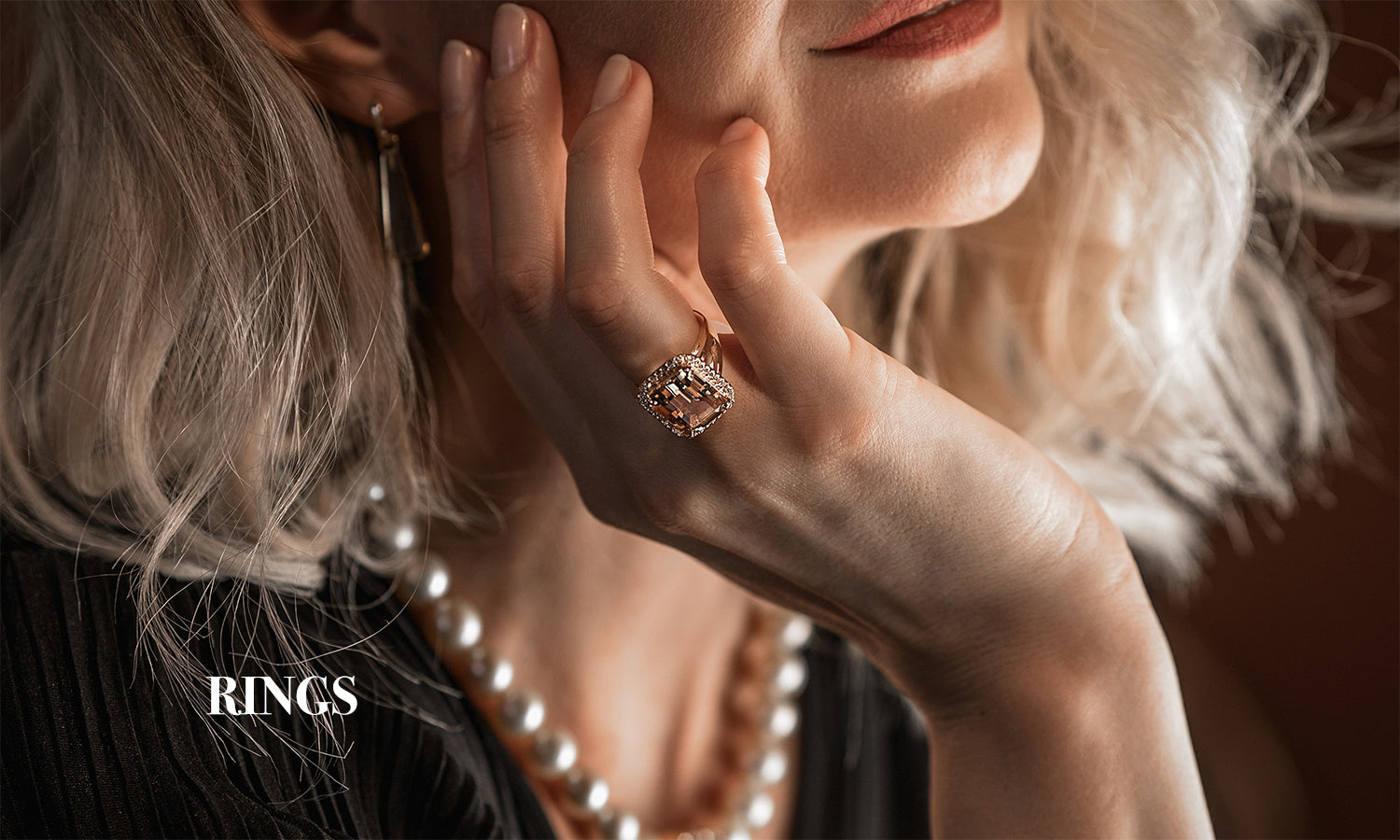In recent years, the jewelry industry has witnessed a revolutionary shift with the introduction and growing popularity of lab grown diamonds. These diamonds, created in controlled laboratory environments, offer a sustainable, ethical, and cost-effective alternative to traditional mined diamonds. This article explores the benefits, growth, and future prospects of lab grown diamond jewelry.
|
Key Points |
Summary |
|
What Are Lab Grown Diamonds? |
Created in controlled lab environments, lab grown diamonds replicate natural diamond properties without the environmental or ethical concerns of mining. |
|
Benefits |
Ethical sourcing, cost-effectiveness, high quality, and variety in colors and shapes make lab grown diamonds an attractive choice for modern consumers. |
|
Growing Popularity |
Increased consumer awareness, celebrity endorsements, technological advancements, and retailer adoption are driving the rapid growth of lab grown diamond market. |
|
Lab Grown Diamond Jewelry Groups |
Organizations like IGDA, GIA, and SJA play pivotal roles in promoting, certifying, and advocating for lab grown diamonds in the global jewelry industry. |
|
Future Outlook |
Continued technological advancements and rising consumer demand for sustainable and ethical products indicate a bright future for lab grown diamond jewelry. |
What Are Lab Grown Diamonds?

Lab grown diamonds, also known as synthetic or cultured diamonds, are created using advanced technological processes that replicate the conditions under which natural diamonds form. The two primary methods used are High Pressure High Temperature (HPHT) and Chemical Vapor Deposition (CVD). Despite being created in a lab, these diamonds possess the same physical, chemical, and optical properties as mined diamonds.
Benefits of Lab Grown Diamonds

- Ethical and Eco-Friendly:One of the most significant advantages of lab grown diamonds is their ethical production. Unlike mined diamonds, which can be associated with conflict and environmental degradation, lab grown diamonds are created without harming ecosystems or communities. This makes them an attractive choice for socially conscious consumers.
- Cost-Effective:Lab grown diamonds are typically 20-40% less expensive than their natural counterparts. This cost difference allows consumers to purchase larger or higher quality stones within the same budget, making luxury jewelry more accessible.
- Quality and Variety:Advances in technology have enabled the production of high-quality lab grown diamonds that are virtually indistinguishable from natural diamonds. Additionally, the controlled environment allows for the creation of diamonds in a variety of colors and unique shapes, providing greater design flexibility for jewelers.
The Growing Popularity of Lab Grown Diamond Jewelry

The market for lab grown diamonds has expanded rapidly over the past decade. According to industry reports, the lab grown diamond market is projected to reach $29.2 billion by 2025, growing at a compound annual growth rate (CAGR) of 22%. Several factors contribute to this growth:
Consumer Awareness: Increasing awareness about the ethical and environmental implications of diamond mining has led many consumers to seek alternatives. Lab grown diamonds, being conflict-free and sustainable, appeal to this growing demographic.
Celebrity Endorsements: High-profile endorsements and the adoption of lab grown diamonds by celebrities have significantly boosted their popularity. Public figures often set trends, and their choice of sustainable jewelry influences consumer behavior.
Technological Advancements: Continuous improvements in production technology have enhanced the quality and reduced the cost of lab grown diamonds. This has made them more competitive with mined diamonds, driving market growth.
Retailer Adoption: Major jewelry retailers have embraced lab grown diamonds, offering a wider range of products to consumers.
Lab Grown Diamond Jewelry Groups

Several prominent groups and organizations are driving the adoption and growth of lab grown diamond jewelry:
- International Grown Diamond Association (IGDA): IGDA is a global trade association representing the lab grown diamond industry. It promotes awareness, research, and collaboration among stakeholders to advance the adoption of lab grown diamonds.
- GIA (Gemological Institute of America): GIA provides certification and grading for lab grown diamonds, ensuring transparency and trust for consumers. Their rigorous standards help maintain the credibility and acceptance of lab grown diamonds in the market.
- Sustainable Jewelry Alliance (SJA): SJA advocates for sustainable and ethical practices in the jewelry industry. It supports the use of lab grown diamonds as a responsible alternative to mined diamonds, promoting environmental and social stewardship.
The Future of Lab Grown Diamond Jewelry

The future looks promising for lab grown diamond jewelry. As technology continues to advance, production costs are expected to decrease further, making lab grown diamonds even more accessible. Additionally, increased consumer demand for sustainable and ethical products will likely drive further growth.
Moreover, innovations in design and customization will offer consumers unique and personalized jewelry options. With the combination of ethical appeal, affordability, and quality, lab grown diamonds are poised to become a mainstay in the jewelry industry.
Conclusion
Lab grown diamond jewelry represents a significant shift towards sustainability, ethics, and innovation in the jewelry industry. With their growing popularity, supported by technological advancements and changing consumer preferences, lab grown diamonds are set to redefine the standards of luxury and elegance. As more consumers embrace these stunning alternatives, the future of jewelry looks brighter and more sustainable than ever.





